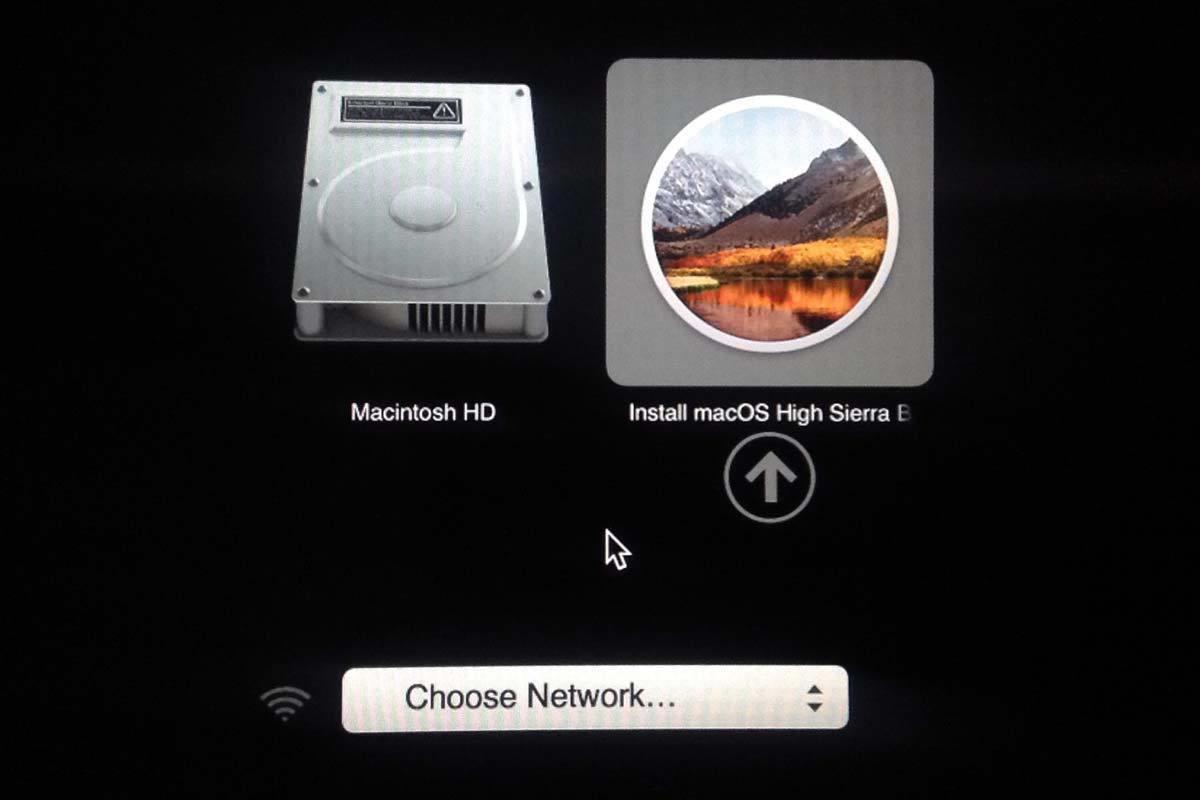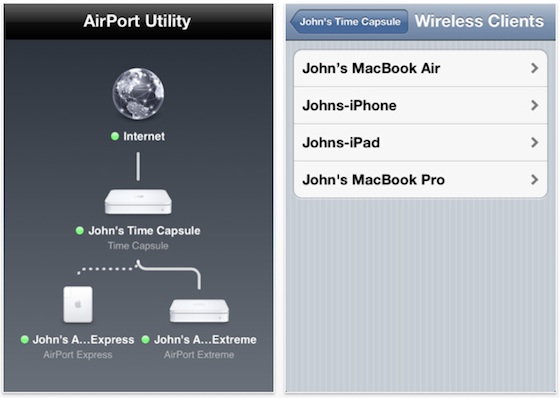


With iStat Menus, you can quickly identify which applications or processes are consuming finite resources, such as CPU and RAM. You can pretty much avoid issues altogether by being a little bit proactive in hunting down the common culprits. In the new window, highlight one or multiple active apps and click Force Quit.Confirm you want to force quit the app (although in some cases, it will force quit without confirmation).įinally, you can terminate processes through Apple’s Force Quit menu:.Press and hold Command + Shift + Option.
Just make sure you don’t accidentally quit some essential active application. If you need to force quit the app that is currently open, you can use the keyboard shortcut.
#How to exit mac os x utilities how to
How to force quit on Mac with a keyboard shortcut
#How to exit mac os x utilities free
The process will quit and free up the resources it was taking up. To do that, click on the process first and then on the X in the Activity Monitor toolbar. When you identify a process that's causing a problem, either because it's hogging lots of CPU cycles or memory, or because it's highlighted in the Activity Monitor as having crashed, you need to kill it. To flip the order, so that processes consuming the least of the resource are at the top, click the arrow next to Memory or CPU above the list of processes. By default, processes are ordered starting with the one that's consuming the most of the resource at the top, so you can quickly see where problems are occurring or likely to occur. So, clicking on CPU lists tasks in the order of how much CPU capacity they're using. Clicking on any of those tabs organizes processes according to the percentage of the resource they are using. You'll notice there are five tabs across the top of the Activity Monitor window: CPU, Energy, Memory, Disk, and Network. When it appears in Spotlight, hit Return to launch it. Alternatively, press Command and spacebar to call up Spotlight, then start typing Activity Monitor. The fastest way is to open Activity Monitor through iStat Menus. Here’s how to terminate process Mac is stuck upon: IStat Menus also has a shortcut to opening Activity Monitor - just click the first icon on the left at the bottom of iStat’s drop-down menu.


 0 kommentar(er)
0 kommentar(er)
